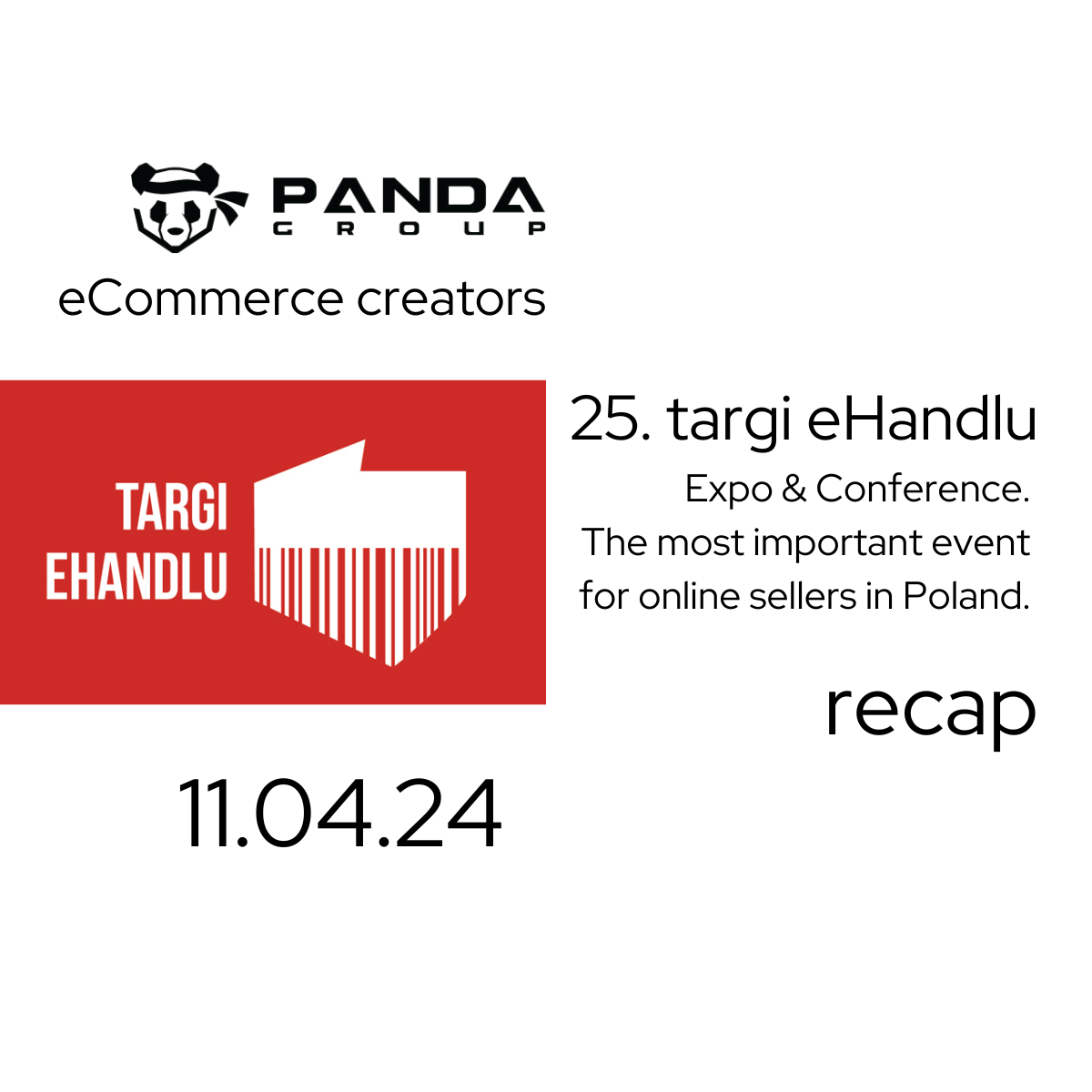The captivating essence of eCommerce expos is a chance to engage with individuals and listen to their intriguing narratives. When arriving in Warsaw from diverse locations like Gdańsk, Łódź and Poznań, our initial encounter was with Anna Wilma of Nowy Marketing. She graciously guided us and shared her wealth of experiences from the fairs throughout the years.
As we witness the advancements brought by Magento technology, we analyzed the situation from our standpoint, emphasizing the following issues
eCommerce SaaS vs Open Source – trend changes?
The robust presence of these e-commerce solutions is evident, offering options based on specific business requirements. Open-source e-commerce, being a more sophisticated and intricate solution, demands a higher level of awareness.
To our knowledge, there are Magento users appreciating dependable maintenance services for ensuring stable scalability and global reach. With a keen emphasis on e-commerce optimisation to achieve the utmost performance levels.
In recent years, Magento has transitioned into a high-performing platform with rapid time-to-market capabilities, largely attributed to Hyva.io. A significant benefit of the Magento & Hyva solution lies in its ability to develop frontend and checkout experiences with UX/UI components that adhere to accessibility standards. Hyva also improves Magento Performance significantly.
The recent price increases in SaaS e-commerce solutions have diminished their cost competitiveness compared to custom development alternatives, a trend worth noting.
We are increasingly witnessing a shift from SaaS solutions to Magento Open Source, marking a new trend after years of a different trajectory. Staying abreast of technological advances in e-commerce and business requirements, we maintain that Magento continues to meet all business requirements, effectively becoming more accessible in terms of development time, reflecting a budget comparable to SaaS solutions. Because it is a complex platform, it requires working with a trustworthy partner with extensive experience and many case studies to prove their expertise.
CRO – Conversion Rate Optimization
Still many e-commerce have problems with mixed data gathering and analyzing. Qualitative and quantitative analysis prior to UX/UI redesign are underestimated. We strongly recommend focusing on e-commerce data as a base for decision making. Otherwise all digital transformations and changes will not meet the expectations.
Effective implementation of GA4 is pivotal. The subsequent stage involves merging concrete data with abstract concepts, forming a comprehensive 360-degree approach to data analysis. Frequently, thorough analytical support is required to gain deeper insights into the e-commerce business landscape.
Aside from one-on-one meetings, the key benefit of the event lies in its presentations. Although we attended just three, we aspire to engage with more in the future.
Infinite B2B digital transformation
Cezary Kożon perversely explained in 10 tips what to do to make digital sales transformation in B2B fail. To ultimately affirm that all plans bear unforeseen burdens and require ongoing validation and adjustment.
Three key insights are:
- The digital process often fails to mirror the offline process accurately. It’s erroneous to expect the business to function as it did previously without any modifications to specific departments, business processes, and KPIs. Anticipating technology to adapt to our circumstances could be challenging, as technology frequently enhances situations for the better.
- Businesses frequently seek similar solutions to their rivals without recognizing that a competitive advantage can lie in embracing technological diversity.
- Digital transformation is commonly linked with the IT department, which is a misconception. It actually impacts the entire business, necessitating a comprehensive understanding of all processes before implementing new technologies.
Indeed, a significant takeaway is that digital transformation is an ongoing journey rather than a finite process.
Inspiring ecommerce cases from the US market
Inspiration serves as a key driver in business. Michał Burda demonstrated this by sharing insightful cases from the advanced e-commerce US market, known for its client-centric and authentic approach.
- It is popular to implement a direct-to-customer (DTC) model and adopting a brandless approach, companies can cultivate beloved brands built on emotional bonds with their customers supported very much with User Generated Content (UGC)
- Thanks to many cases we’ve learned that the US is focused on guts and pivoting from fast to healthy food and beverage. With lots of ingenuine ideas of rebranding pickled cucumbers.
- The distinctive feature is that US e-commerce businesses utilize public spaces effectively for promotion, rather than solely relying on digital marketing efforts.
B2B to B2C transformation
Oskar Lipiński delineates a contrasting path shaped by his family’s business endeavors. Which usually evolves from B2C to B2B and crosses borders. This time it was different. Oskar shows how his fashion family business transformed from international B2B to Polish market focused B2C. This transition was forced by pandemics and was successful thanks to Community building over the past 3 years. The numbers show 30 to 100 000 orders in 3 years.
Oskar’s story illustrates that there isn’t a universal formula for every business; it evolves with time. Approaches and strategies must adapt and align closely with the circumstances. The brand’s most robust tactic is to cultivate authentic and transparent relationships, prioritizing connection over sales – a pivotal aspect in this sector.
Conclusion
Honestly, the Warsaw e-commerce trades have been a source of great inspiration for us as we look ahead to the future. The valuable insights gained from this experience will play a pivotal role in shaping our upcoming strategies and actions, acting as the cornerstone for our continued growth and development in the industry.


 (No Ratings Yet)
(No Ratings Yet)